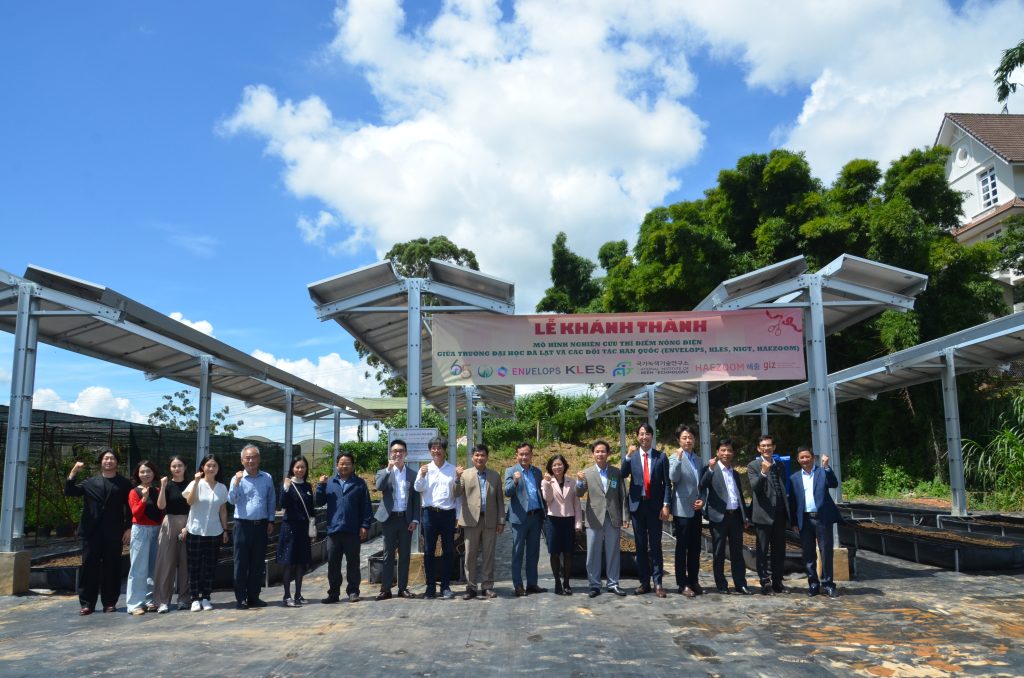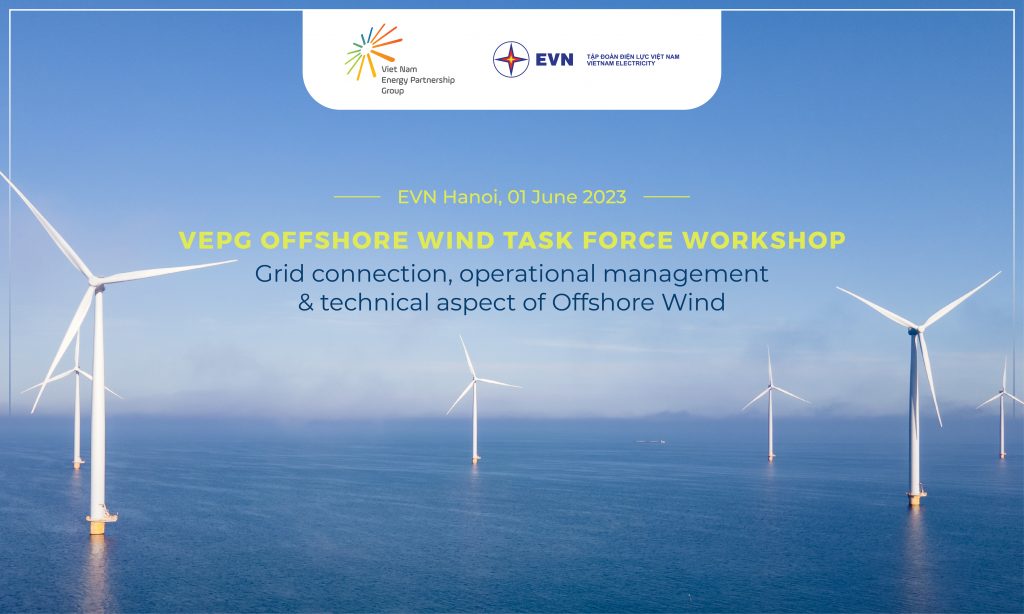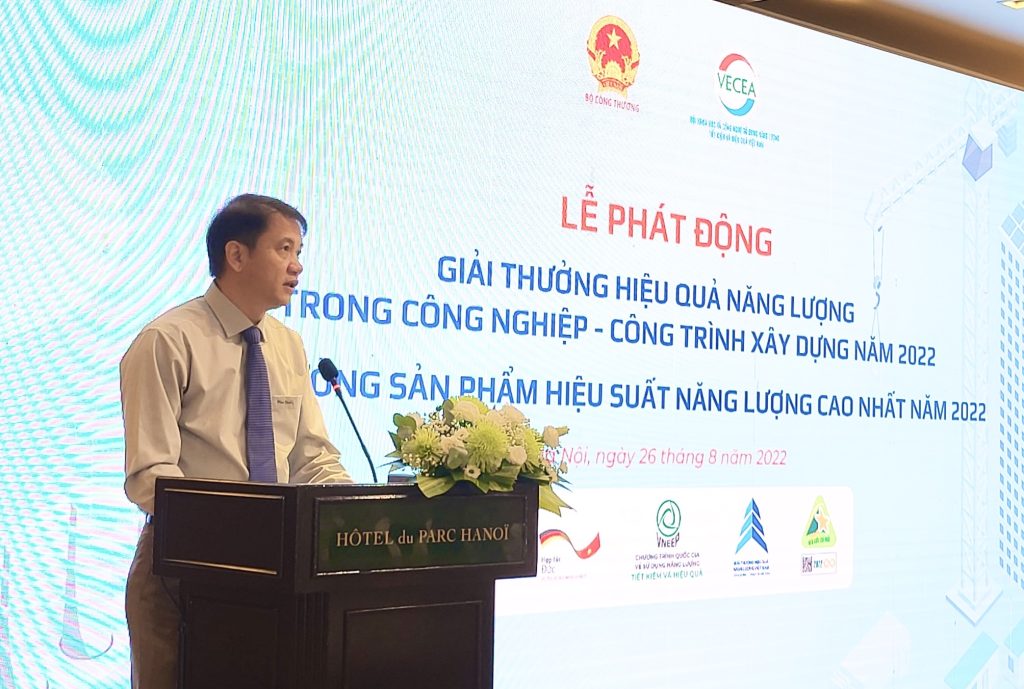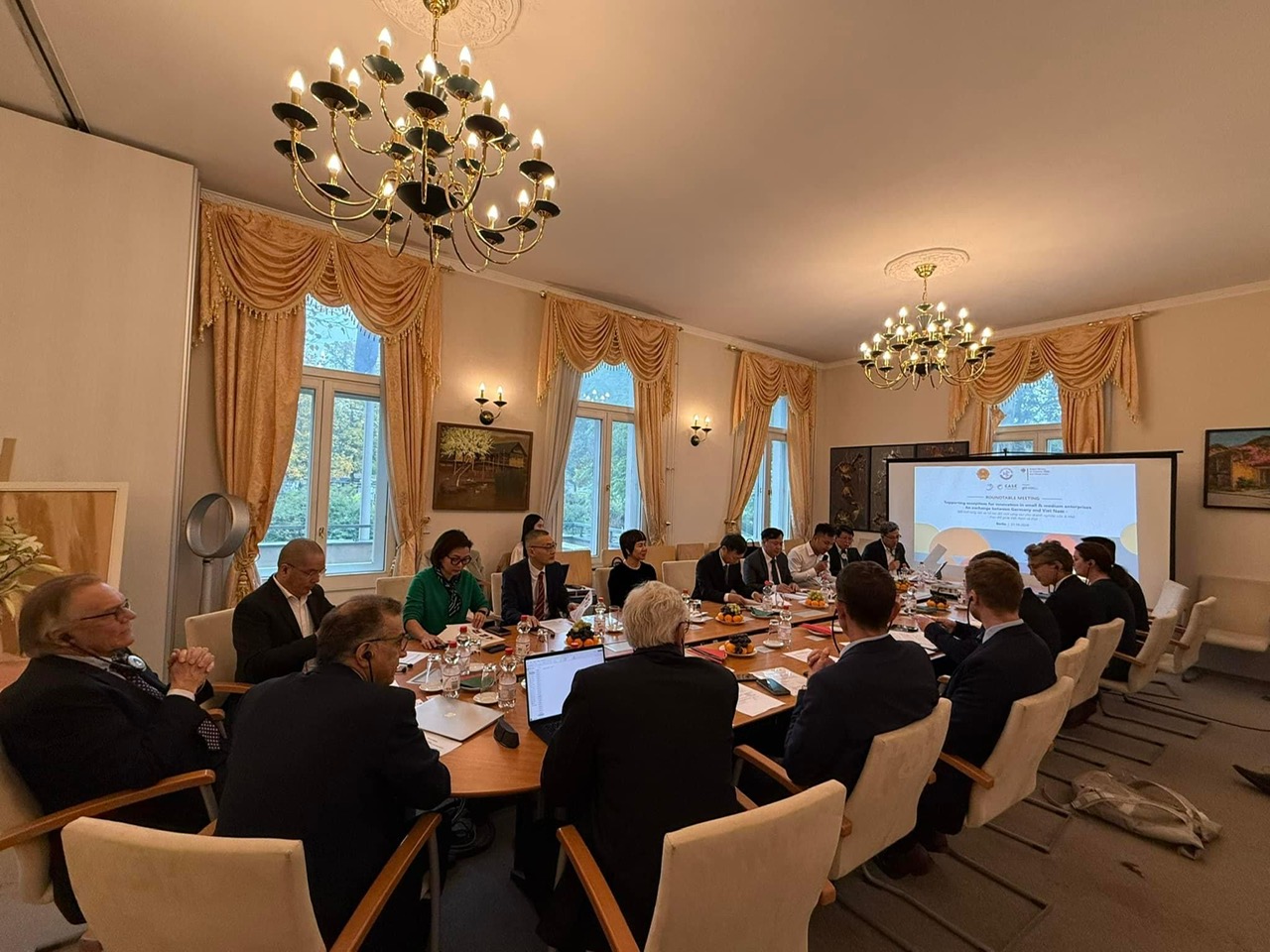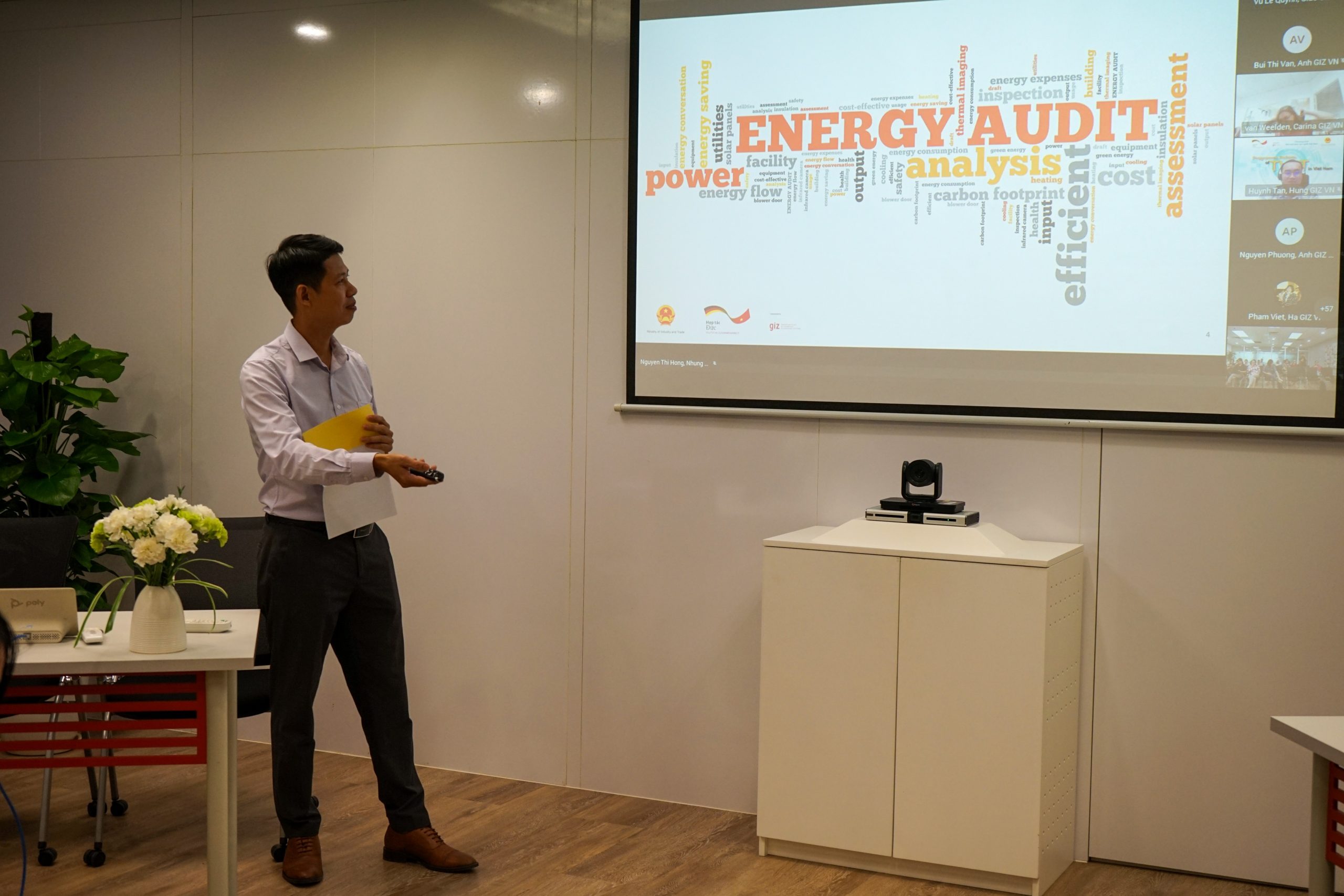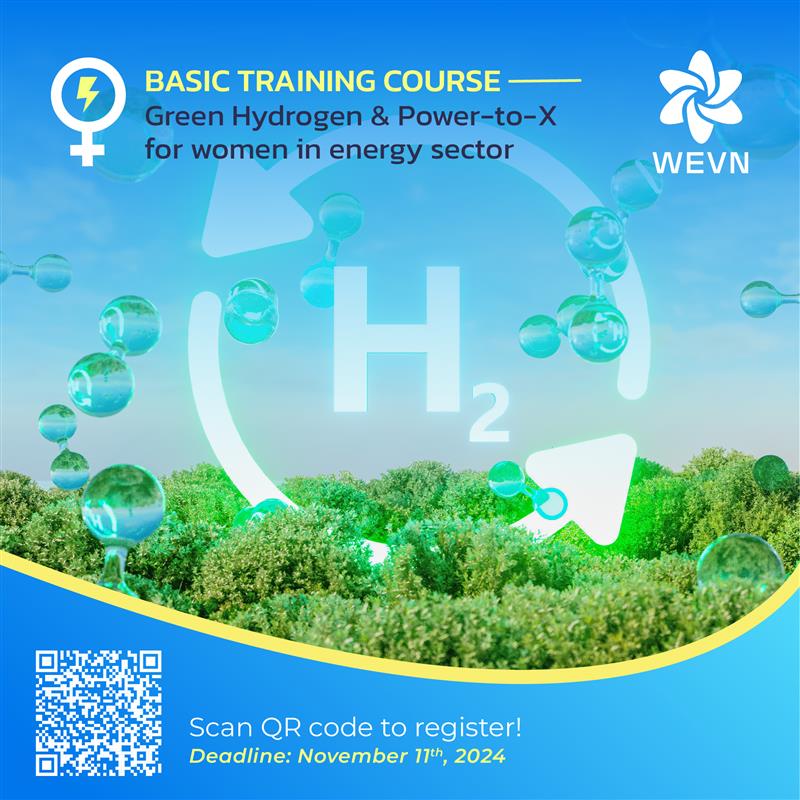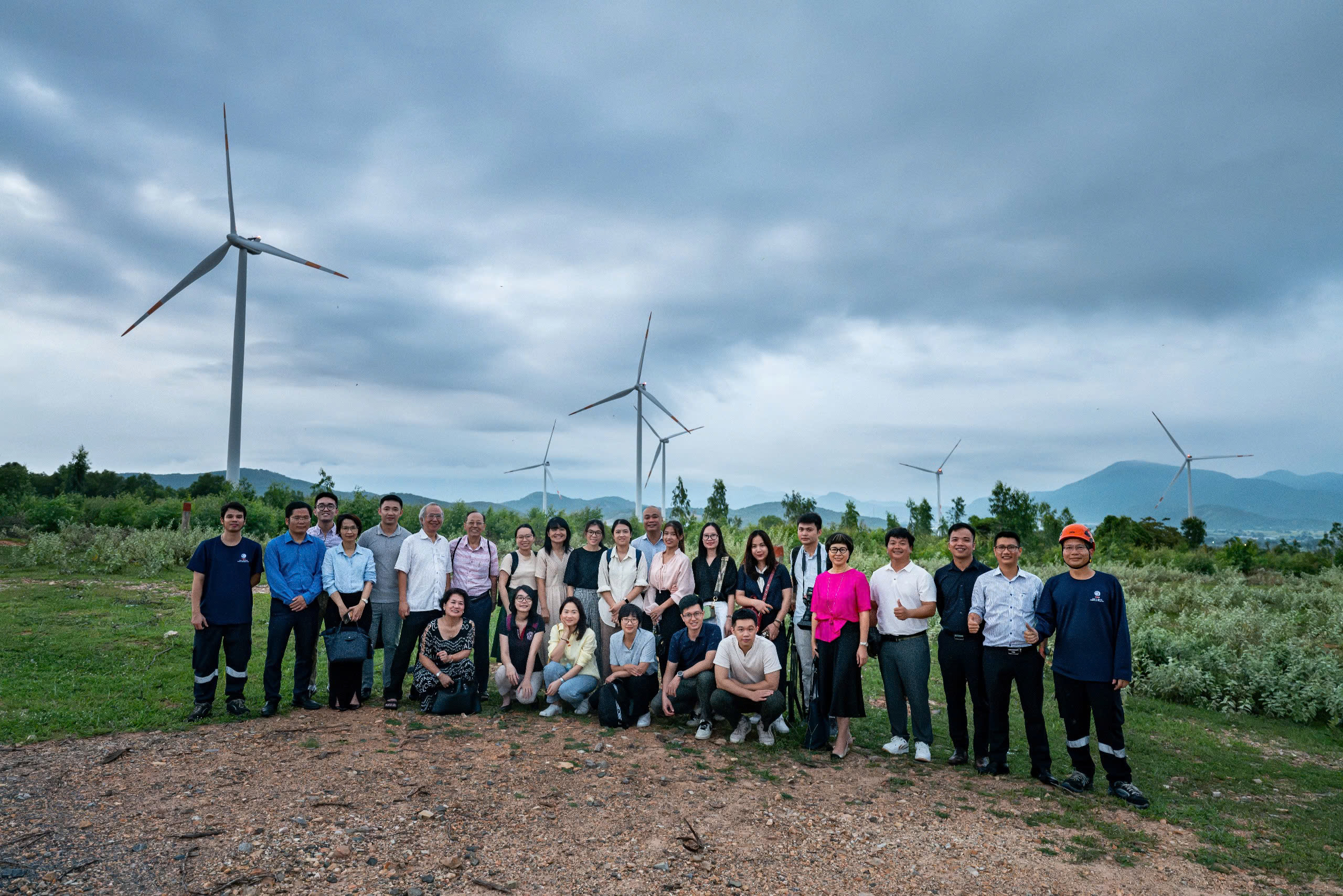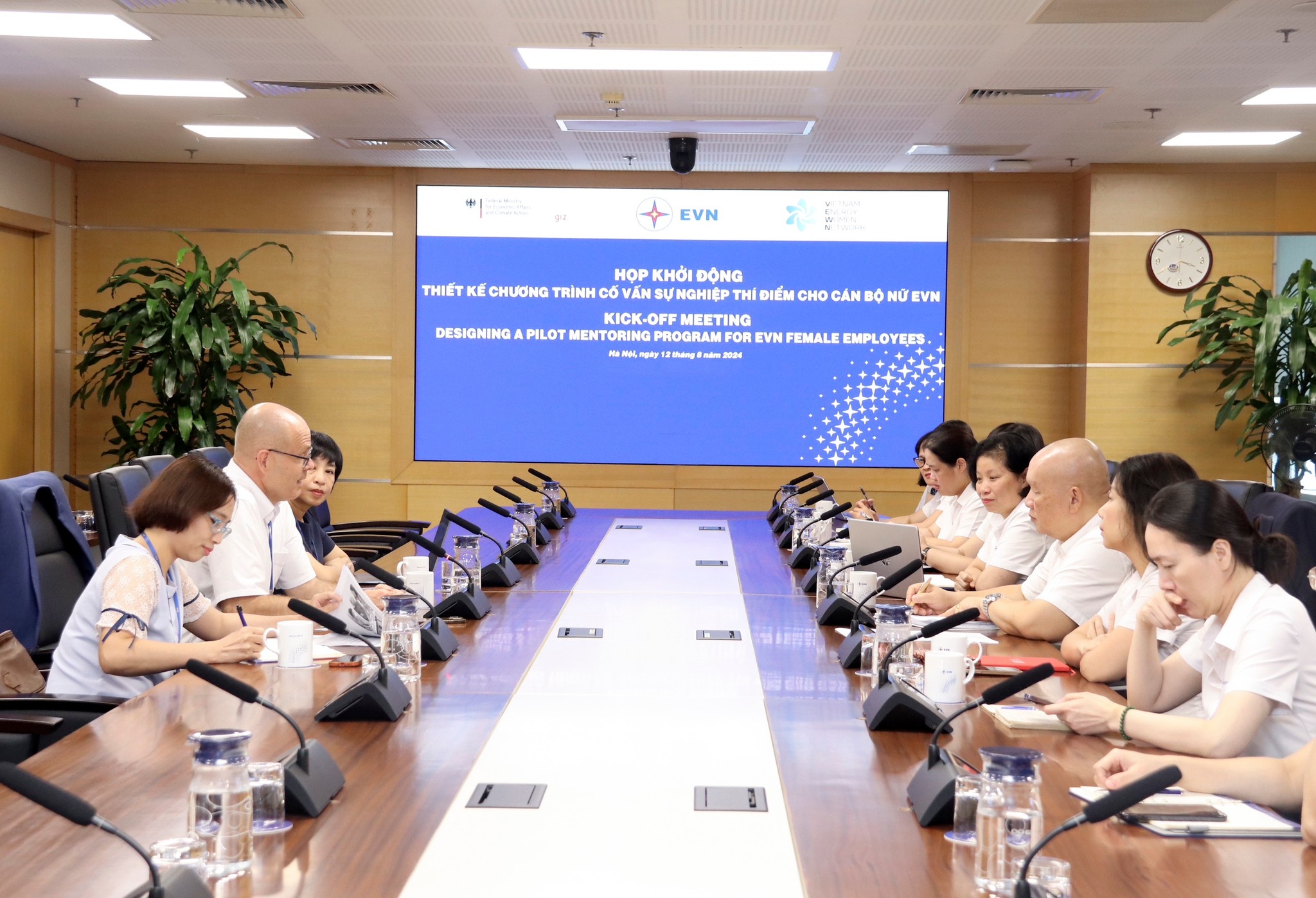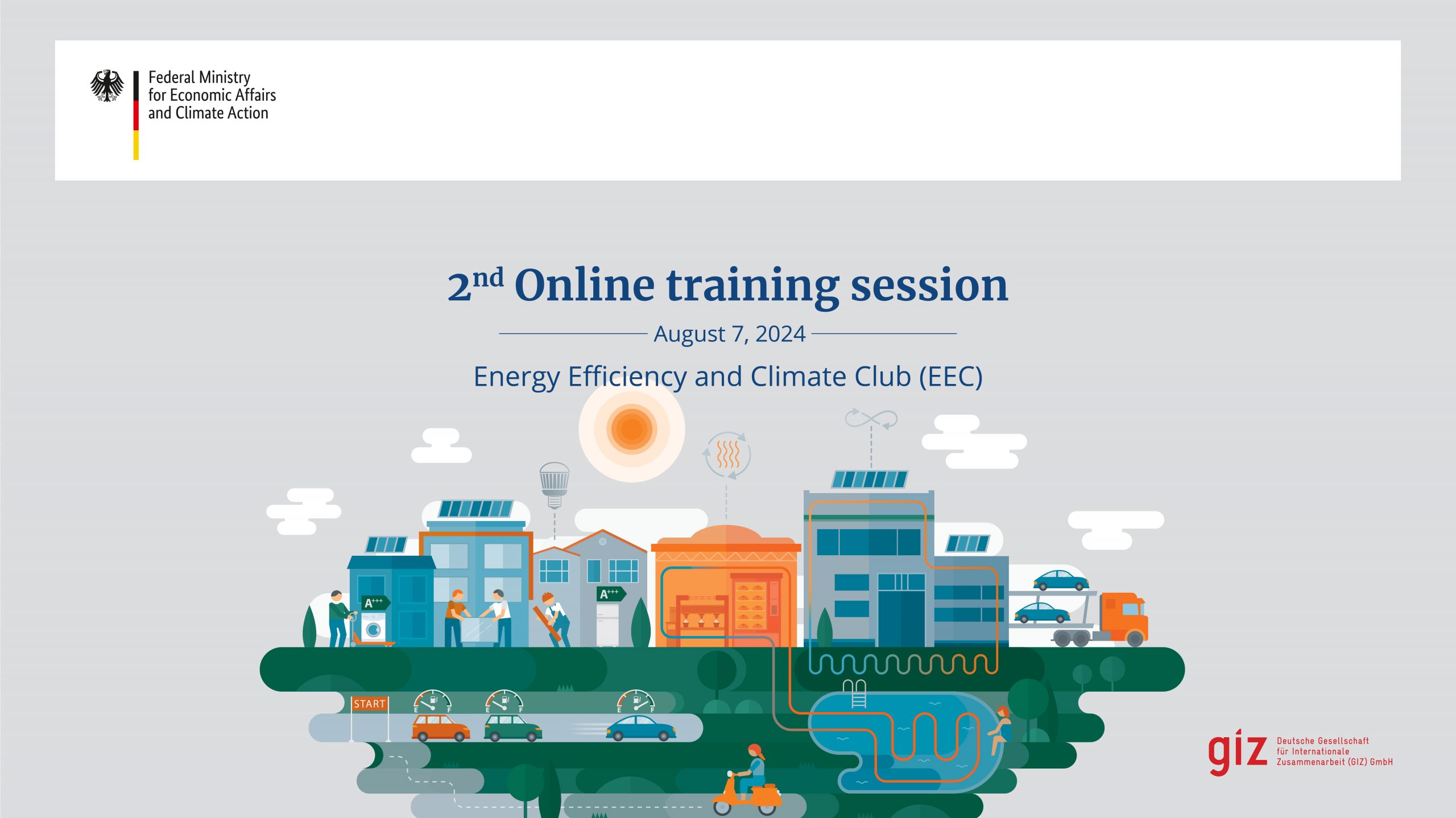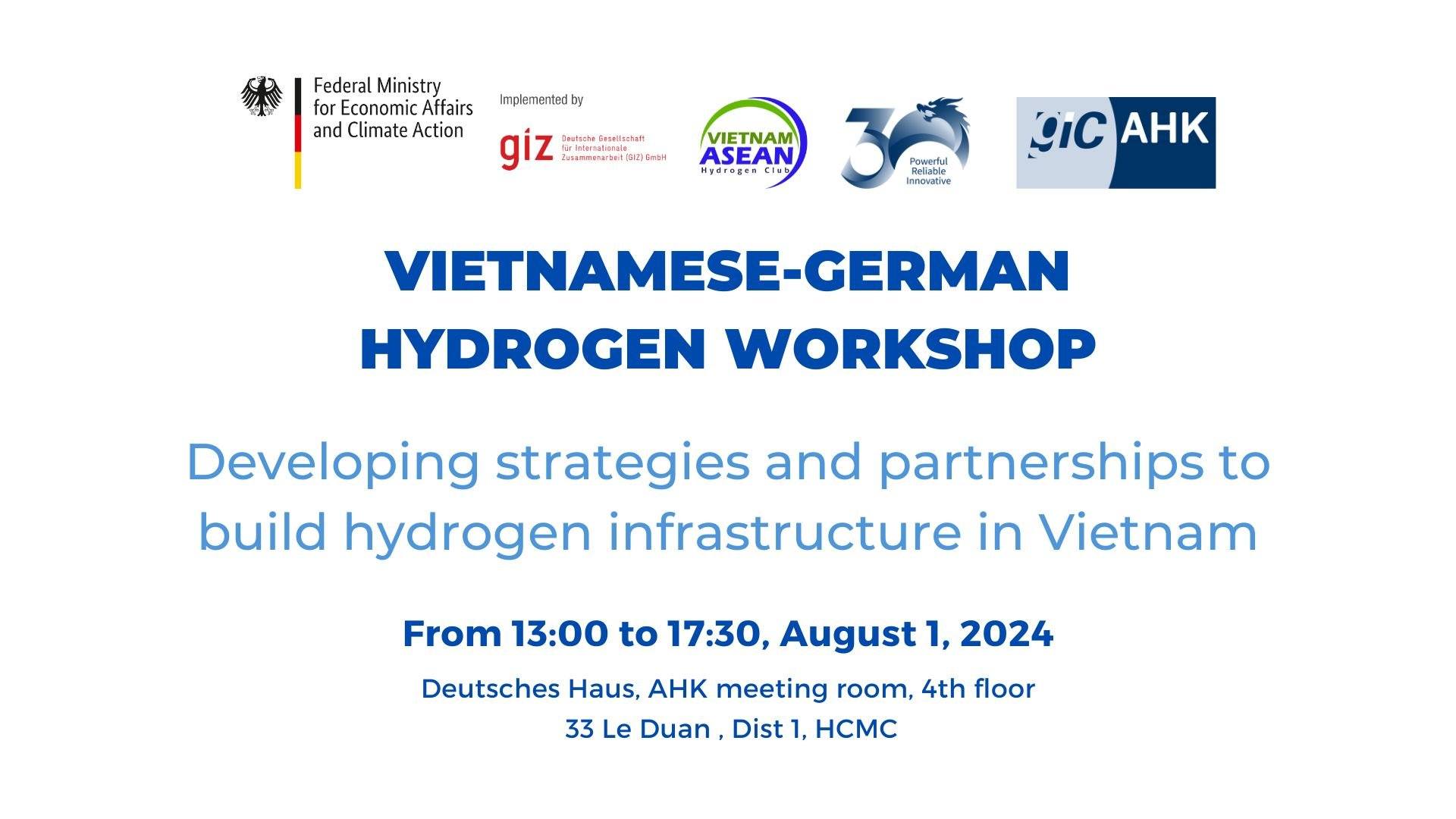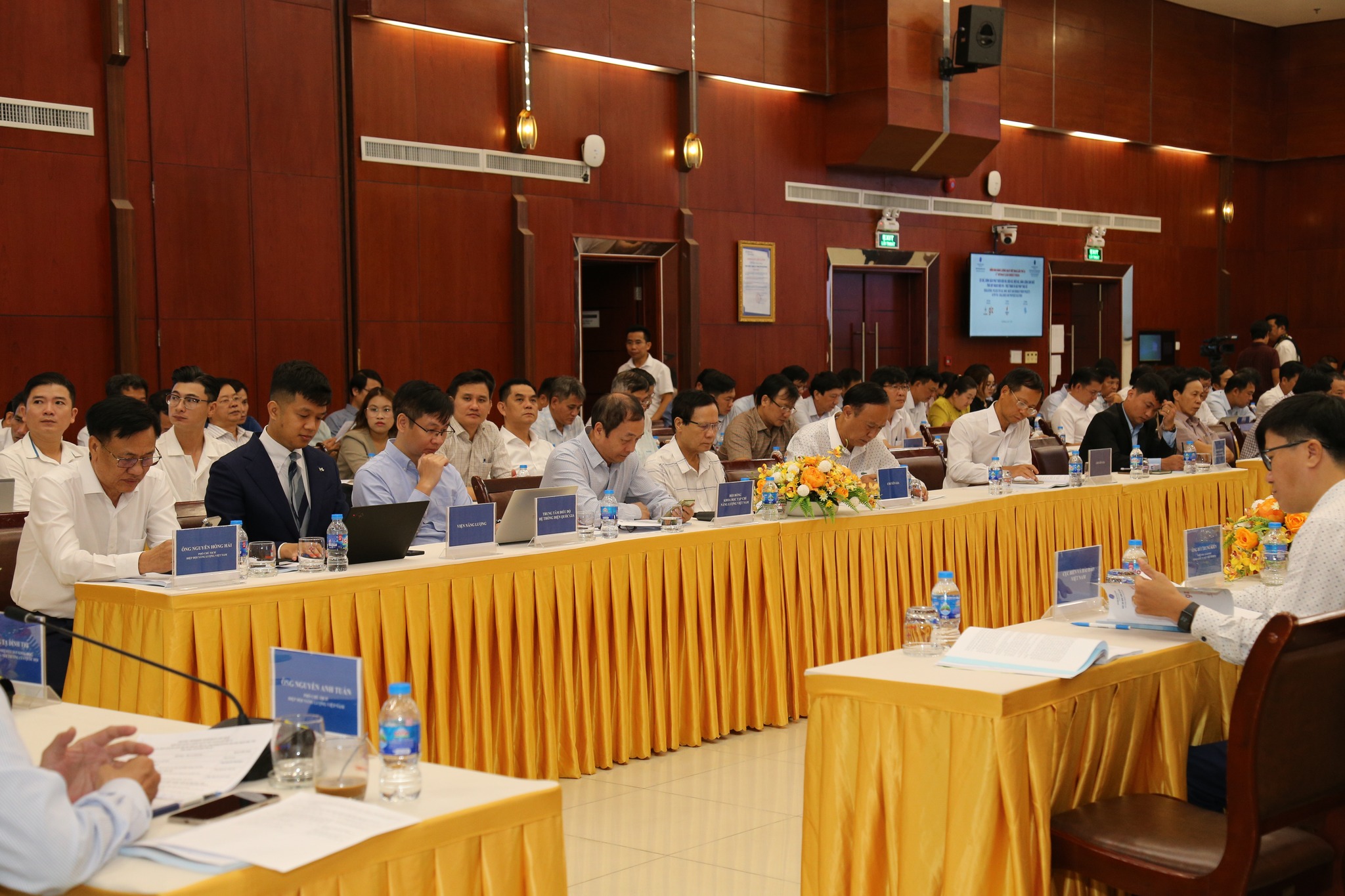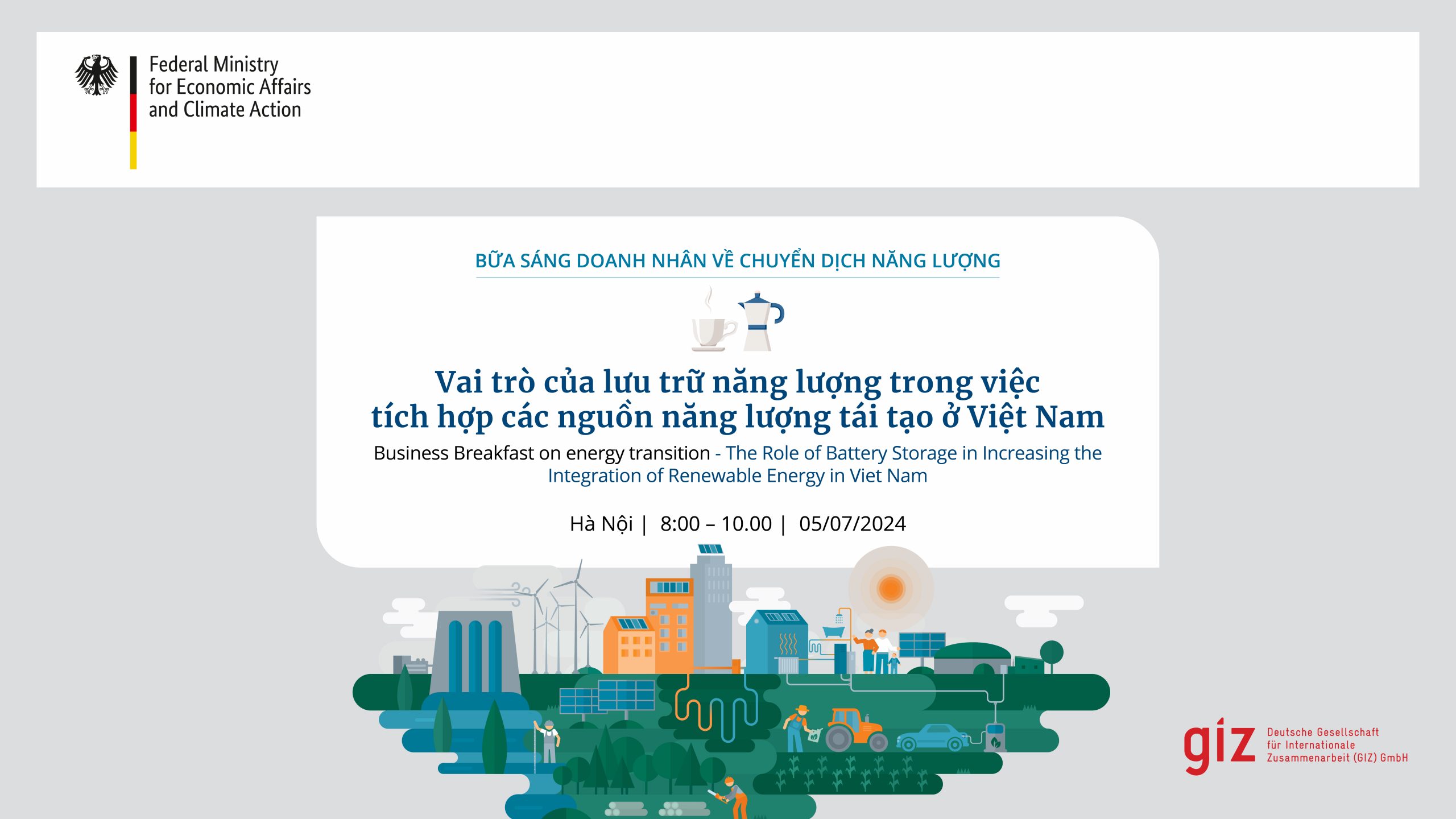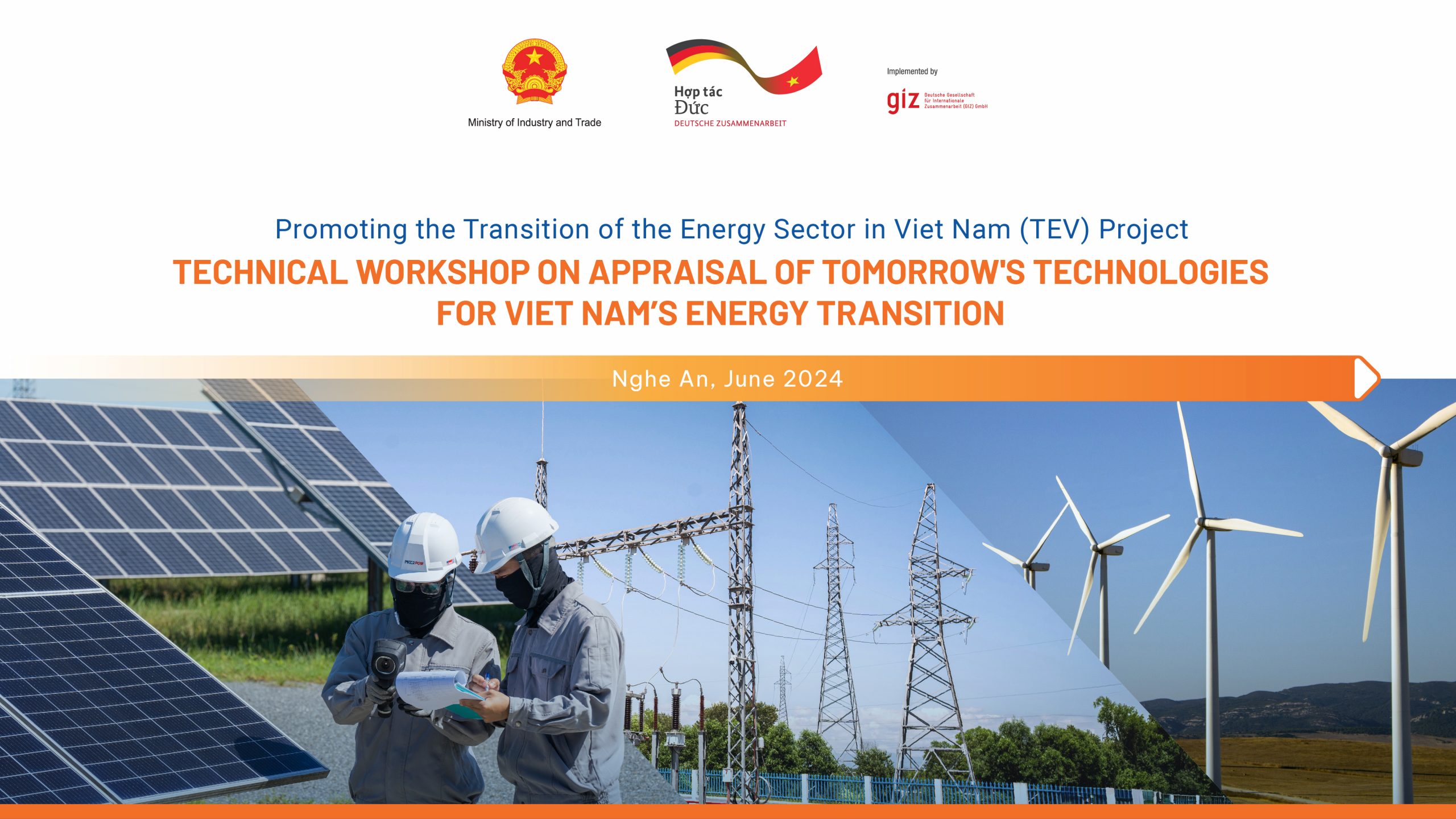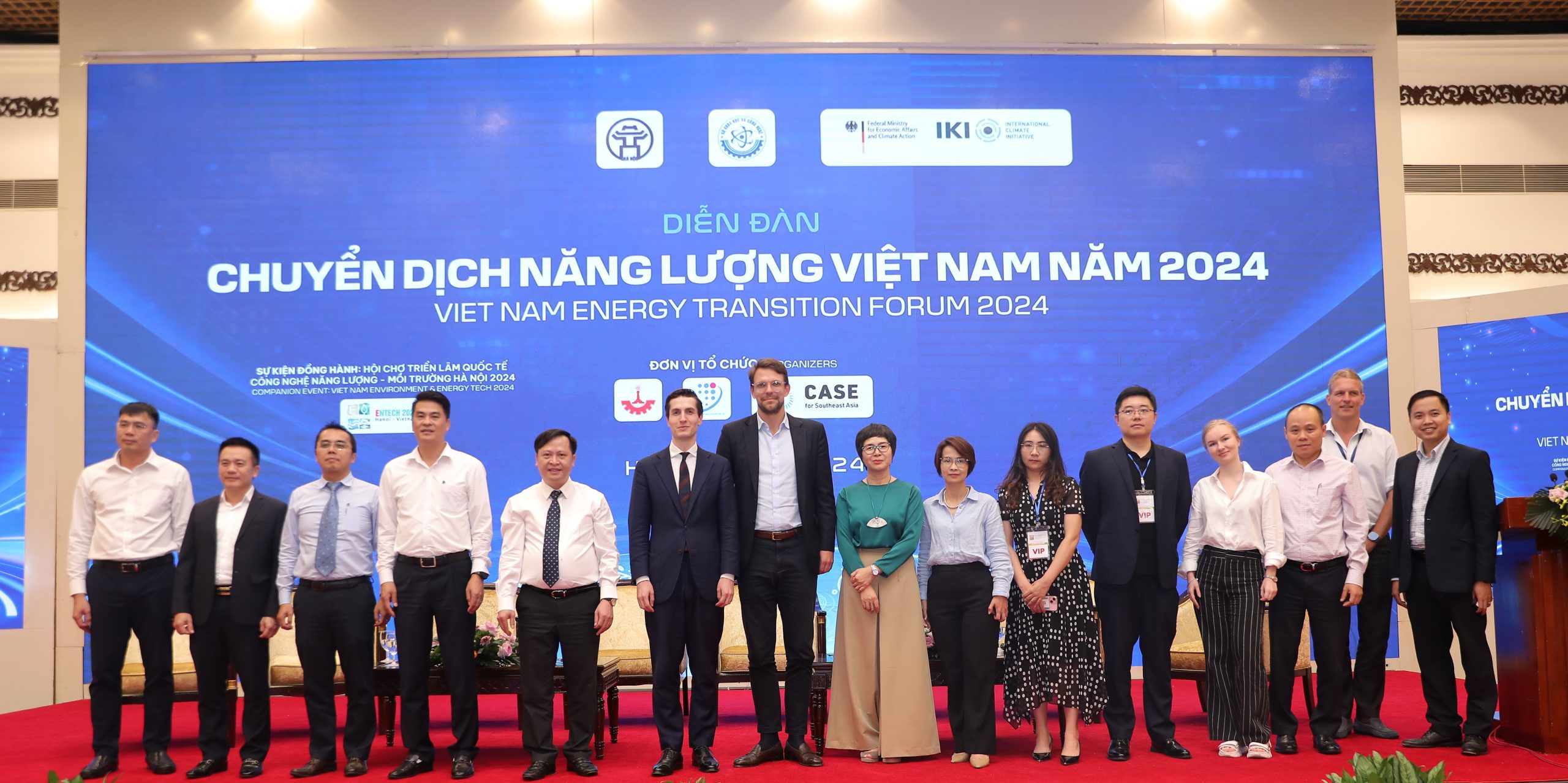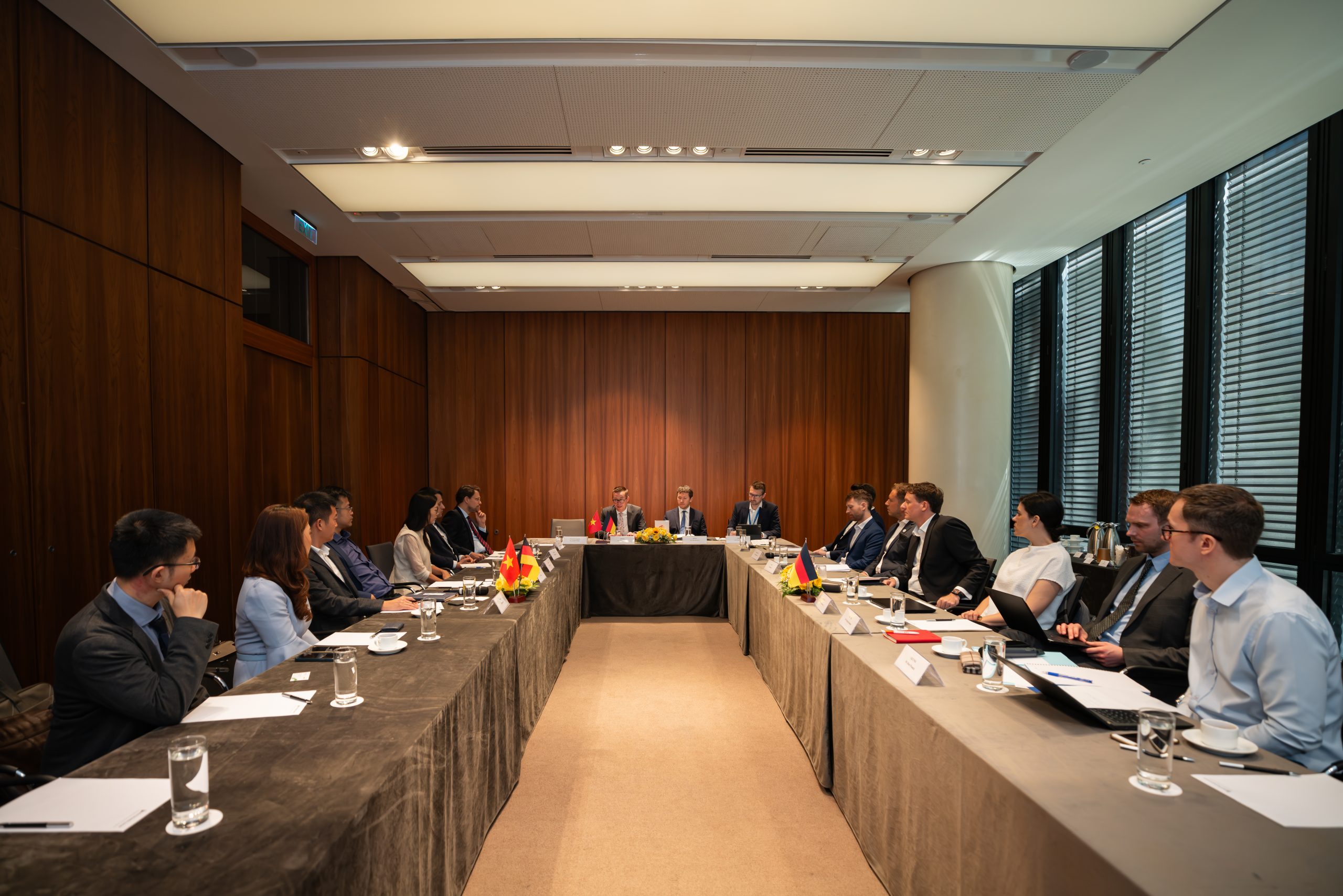Waste to energy has become a solution to municipal solid waste, which is predicted to increase at the rate of 10% – 16% annually in Viet Nam. The insight has been shared by more than 40 energy experts, investors and policy makers who gathered on 18 August in a consultation workshop on ”Project Develoment Guidelines for grid-connected power generation projects using solid waste in Viet Nam” (in short Waste-to-Power projects), which is part of the Renewable Energy and Energy Efficiency (4E) Project. The project is jointly implemented by the General Directorate of Energy, Ministry of Industry and Trade (MOIT) and the Deutsche Gesellschaft für Internationale Zusammenarbeit (GIZ) GmbH on behalf of the German Federal Ministry for Economic Cooperation and Development (BMZ).
At the workshop, the draft version of Waste-to-Power Project Development Guidelines in Viet Nam, which is jointly developed by experienced and competent international and national consultant, was presented to participants for comments and discussion. The Guidelines illustrate in detail the investment steps covering the entire project cycle from the preparation, development, operation and maintenance to project decommissioning. They also combine explanations on the regulatory framework requirements with advice on how to advance the administrative process for project development following practical and hands-on experience.
Attending the workshop Mr. Ingmar Stelter, Director, MOIT/GIZ Energy Support Programme said, ”Waste–to-Power is proven to be a practical solution worldwide, and recently also in Viet Nam, to cope with environmental and land use challenges in metropolitan areas and contribute to the country’s sustainable energy mix. We hope that in the near furture Viet Nam can apply a more effective and sustainable approach for solid waste treatment to help reduce environmental pollution, enable a more efficient land use and energy market in Viet Nam”.
In Viet Nam, the population growth rate and the significant economic expansion have led to the exponential increase of solid waste in recent decades. Currently, approx. 35,000 ton of municipal solid waste and 34,000 ton of rural solid waste are released on a daily basis. About 85% of solid waste are treated by landfill technology requiring a lot of land, of which 80% are unhygienic landfills with the risk of environmental pollution and without utilization of energy generation.
The Government of Viet Nam has set ambitious targets to increase electricity generation to ensure sustainable and green economic development, energy security and the country’s Nationally Determined Contributions (NDCs) to tackle climate change. To encourage efficient solid waste treatment for energy production, the Goverment has enacted different legislations including the Feed-in-tariff (FIT) of 10.05 US cents/kWh for power generation projects using solid waste that are directly incinerated via the Decision 31/2014/QD-TTg and the Circular no. 32/2015/TT-BCT on project development and standardized power purchase agreement for solid waste.
According to Renewable Energy Development Strategy which was enacted in the end of 2015, the utilization rate of municipal solid wastes for energy purposes is expected to increase from a current negligible level to 30% in 2020, approx. 70% in 2030, and most of municipal solid waste shall be used for energy purpose in 2050.




